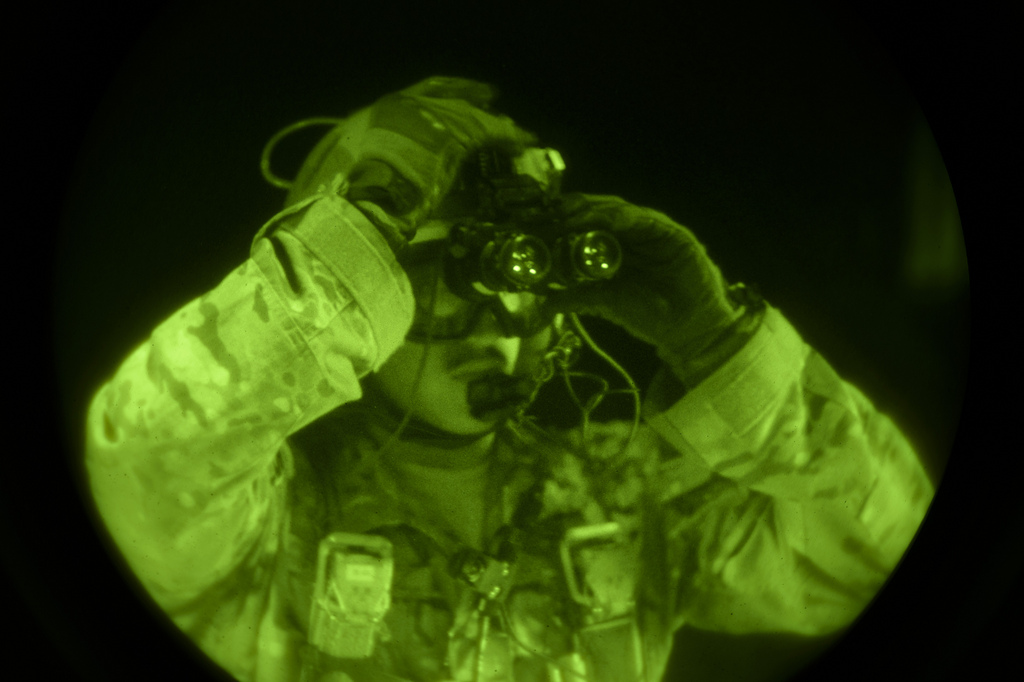This post is also available in:
 עברית (Hebrew)
עברית (Hebrew)
Increasingly compact night vision optics and cameras have fundamentally changed the nature of warfare, as well as law enforcement and other activities. But they have historically been limited to producing monochrome imagery that can make it difficult to determine many important details. In recent years, however, there have been significant developments in technology that makes it possible to see in the dark and in full color, making it easier to quickly identify items of interest.
In the past 10 years, a number of different manufacturers have begun to sell more practical systems on the commercial market and the technology is already in use in military and security applications, among others.
SPI Corporation’s X27 Osprey full motion video camera provides impressive color imagery in very low-light-level conditions.
Many higher-end color night vision systems, such as the X27, as well as Canadian firm Lorex’s security cameras, dispense with the image intensification tube in favor of a highly sensitive, digital complementary metal-oxide semiconductor (CMOS) imaging sensor. These translate photons into electrons that an algorithm then decodes to produce a digital image. CMOS technology is commonly found in commercial digital cameras, as well, which have themselves steadily become more capable of taking cleaner pictures in low-light conditions. SPI says its specialized low-light-level system can amplify existing light more than 85,000 times its natural brightness.
The X27 can even show infrared marking and targeting lasers in color, allowing individuals to better discriminate between multiple targets rapidly.
For military personnel, being able to call out targets or ask for positive identification from other nearby units based on colors in addition to other features can only help with “mental contrast,” too, speeding up and otherwise improving various targeting processes. Color night vision technology will likely only expand the overall potential of augmented reality systems on the battlefield and elsewhere as time goes on, in general.
All told, color night vision is a game-changing additional capability on top of an already revolutionary development. The goal now is to continue making the technology practical, compact, increasingly high fidelity, and able to operate even in extremely low-light-level situations, according to thedrive.com.




